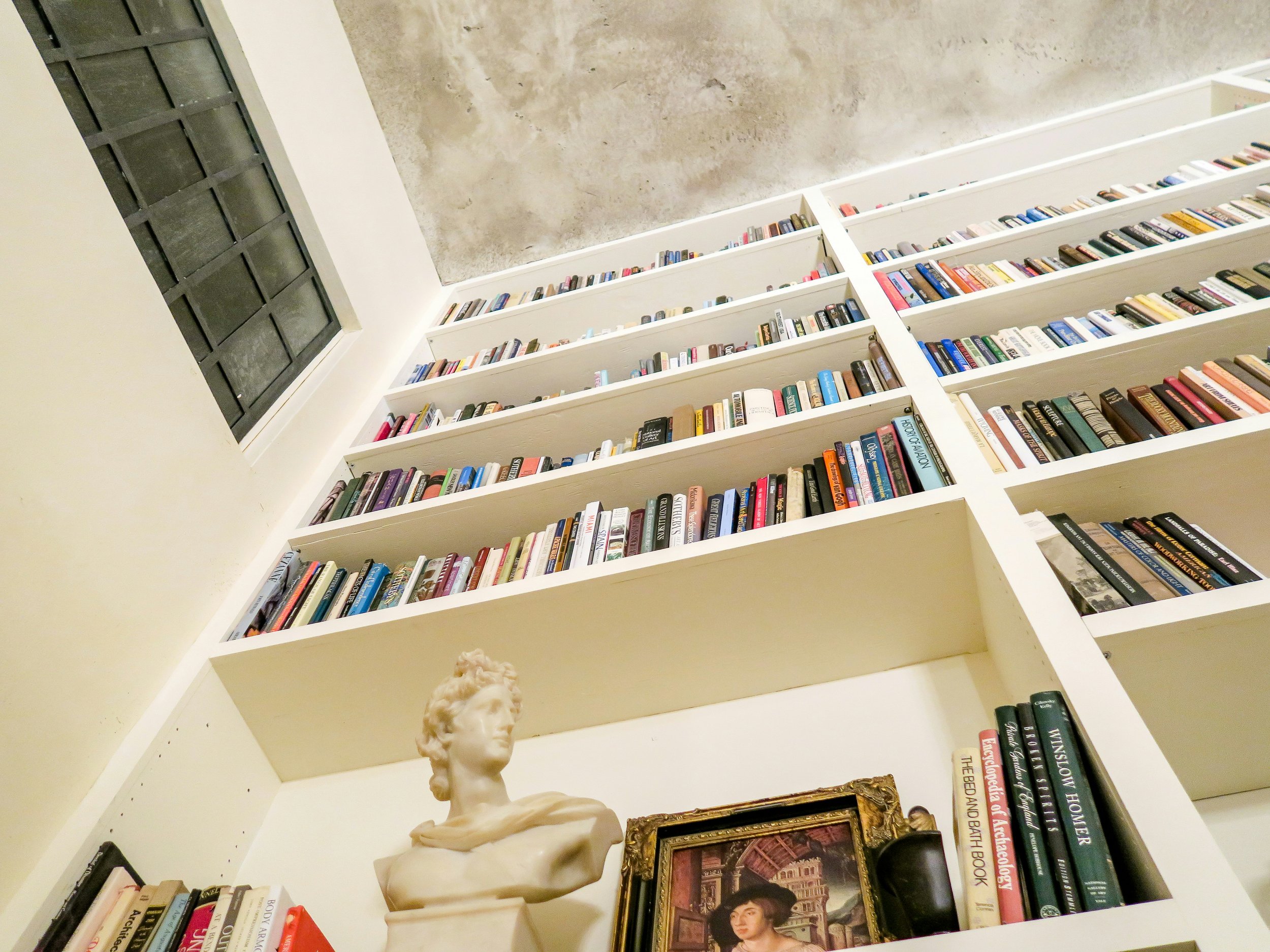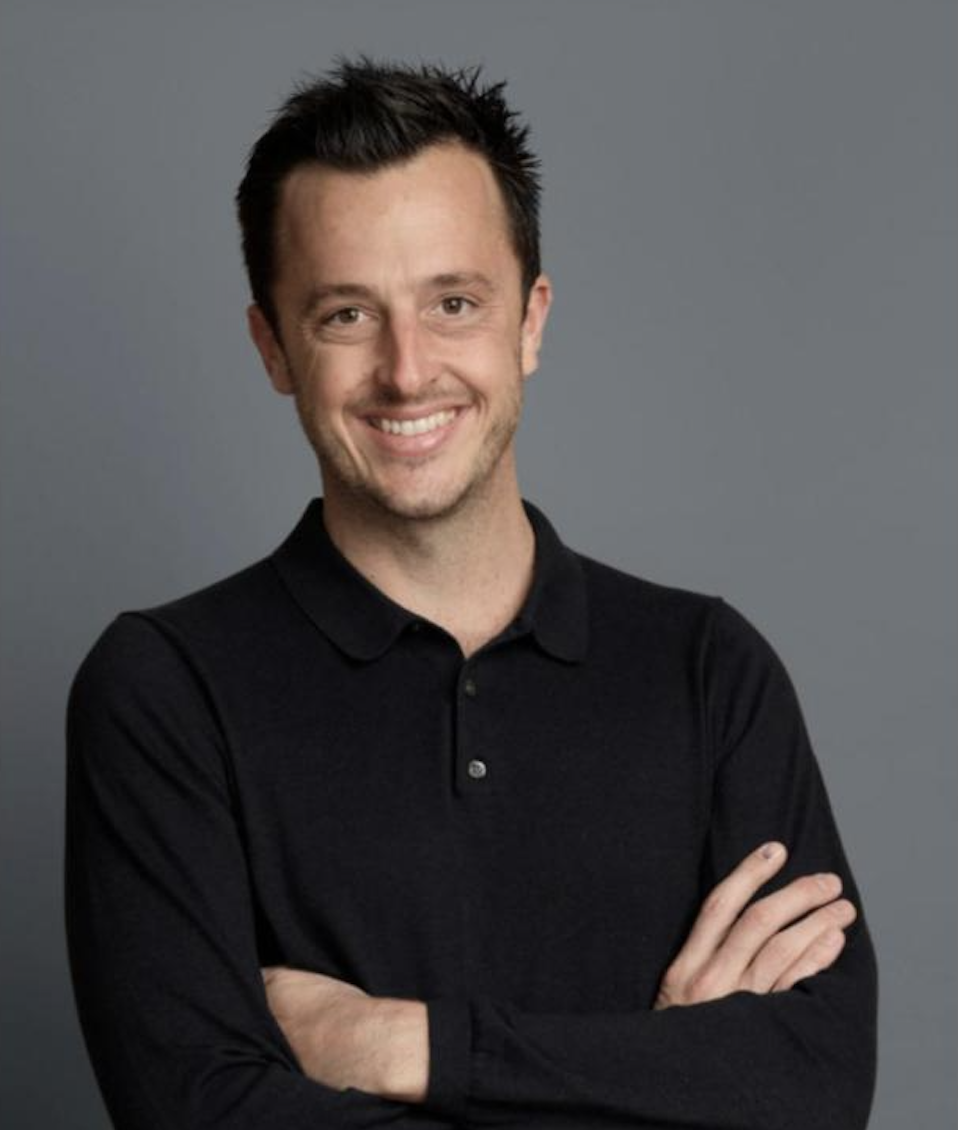The three steps of my initiation into business model innovation
Fred Etiemble & Greg Bernarda delivering an innovation workshop
Towards the end of 2013, quite suddenly, I was hit by a corporate life crisis. One day I woke up and couldn’t find any meaning in the work I was doing. Back then I was working on a large project to completely redesign the operating model of a company via the implementation of a new ERP system.
Though it was branded as a business transformation, there was nothing transformative there. It was just one of those sophisticated cost-cutting exercises. A clear(ly fabricated) ROI had been created to nudge Executives and the Board into action. But I had seen enough of those collective fictions play out to know that the only winners at the end of the play would be the software vendor and the consulting company integrating it, while the employees, the company’s “most precious resources” for the previous operating model to run smoothly, would be sacrificed in the last act of the play, in a desperate attempt to reach this ROI.
One morning I woke up and felt like Bill Murray in the ground hog day, stuck in time and living the same day over and over again. The feeling quickly became unbearable, and I quit my job in that company.
The consequence was the beginning of such an incredibly rich period of explorations, outside of mainstream corporate life.
In this blog post I want to tell the story of one of those explorations, one that lead me all the way to become an innovation consultant. And for that I’ll have to share the three steps of my business model innovation initiation.
Meeting Pete Cohen
“Two business analysts walk into a bar…” those were the opening words on the first slide of Pete Cohen’s presentation called “A light saber for your disruptive toolbelt: the Business Model Canvas” at the Agile Australia conference on 17 June 2014. The presentation is still to this date a great introduction to the Business Model Canvas so if you’re not familiar with this tool I invite you to go through his slides. They’re pretty self-explanatory.
Agile conference in Melbourne on 17 June 2014
On that day in 2014 I saw the Business Model Canvas for the first time and a seed was planted. From that moment onwards, I was a young padawan on the lookout for opportunities to use my new light saber.
A few months later I took a client engagement to design and lead the In-Home Care (IHC) business transformation of a large Aged Care provider in Australia.
The first phase of the transformation focused on all changes and improvements on their operating model (business processes, systems, roles, etc.) required to remain compliant with the new Consumer-Directed Care (CDC) regulatory framework rolled-out by the Australian government. It was the priority number one and something that had to be done to maintain revenues of this existing business. But Group executives and IHC executives knew this would take them nowhere near where their ambition was. For that we needed to create a radically new trajectory for the IHC business. Finally, there was the opportunity to use my light saber.
Meeting Greg Bernarda
I called my friend Philippe Coullomb, co-founder of the boutique consulting company wheretofromhere?, to help me design and facilitate a 3-day workshop with 40 change agents that would enable them to explore a different future for their company. Of course, my idea was to use the Business Model Canvas to support ideation and prototyping of new business ideas during the 3 days. And then the story took an unexpected turn. Philippe knows Greg Bernarda, the co-author of the “Value Proposition Design” book, one of my favourite books on innovation, and expert in Business Model Innovation. In a spark of genius, Philippe said “why don’t we invite Greg?” and a couple of phone calls plus a quick catch-up with our sponsors later, our 3-day event took another dimension with a dream team of facilitators including Greg. We now had very excited sponsors, participants and an equally excited organiser, me.
Step 2: Greg Bernarda on 14 April 2015 inspiring IHC teams in Aged Care provider to reinvent their business with Business Model Innovation
Greg was absolutely brilliant during those three days, humble and humbling at the same time. As I had expected he was a fantastic teacher of business model innovation and he was able to guide participants in their discovery of the canvas and the methodology. What I didn’t realise at the time was that he also is an expert Designer and Systems Thinker. His empathy skills blew my mind, empathy for the client in the room and the end customers of the services they provide. Throughout the workshop he was able to challenge the participants with strategic questions and share strategic insights on the fly. And he is such a master storyteller using the canvas, creating a long-lasting impact on participants through these stories.
In those three days, all my intuitions on the potential of Business Model innovation were confirmed. Working alongside Greg, I witnessed the methodology’s huge benefits for innovation work, business transformation, and also just making sense of a changing business world.
As a tribute to Greg, I no longer refer to the Business Model Canvas as a light saber but as the ultimate Swiss knife for innovation and business transformation.
From that point onwards, I incorporated business model innovation into my consulting practice in a systematic way. Alex Osterwalder, the inventor of the business model canvas, often talks of business model innovation as a way to lift the conversation from product innovation. So many organisations innovate only to bring to market products no one wants, or services that don’t fit into a sustainable business model. Business model innovation prevents companies to fall into such traps.
But for me, more than anything else, it enabled me to shift the business transformation conversations I was having with Executives from a focus on today’s business or tomorrow’s projects to the day after tomorrow. Most of those conversations started with an intent to transform their current operating model (systems, processes, roles, etc.) and this kind of transformation can only ever achieve incremental improvements on their existing business model – and, more often than not, is just putting lipstick on a pig. Business model innovation gave me a framework to shift the conversation to their day after tomorrow and to support executives with the challenging work of boldly inventing their future business.
Meeting Alex Osterwalder & Yves Pigneur
When you become proficient in any knowledge area there is always a point where you wish you could meet the best in the field. In Business Model Innovation there is no doubt on who the best are: Alexandre Osterwalder and Yves Pigneur co-authors of Business Model Generation in 2010 and Value Proposition Design in 2014 have their fingerprints all over Business Model Innovation and have been recognised for their contribution with a Thinkers50 award in 2015, the so-called Oscars of Management Thinking.
Step 3: the mastermind Yves Pigneur sharing knowledge with BMI practitioners at the Strategyzer bootcamp August 29, 2016 – September 2, 2016
Step 3: the mastermind Alex Osterwalder sharing knowledge with BMI practitioners at the Strategyzer bootcamp August 29, 2016 – September 2, 2016
At the end of August 2016, Alex and his Strategyzer team brought together experienced innovation coaches wishing to take their practice to the next level for a week long bootcamp. I was lucky enough to be part of this first cohort, and flew from Australia to Switzerland to learn from Alex, Yves, fellow practitioners in the room, and the incredible lineup of thought leaders and speakers Alex had gathered.
This week was so rich that I could fill in pages with all my learnings in the fields of entrepreneurship, innovation and business transformation. What I’d like to cover here are my three unexpected take-aways from meeting Alex and Yves.
1. The power of an intellectual friendship
From the first day, I was amazed by the complementarity of Alex and Yves. Every interaction between them resulted in sparks of intelligence. It made me realise the power of a strong intellectual friendship. In this blog post I talk of the key encounters for me in my Business Model Innovation initiation, but that week in Switzerland I realised how Business Model Innovation itself was the result of a key encounter.
2. Toolsmithing
On several occasions, Alex and the Strategyzer team referred to themselves as toolsmiths, and their art as toolsmithing. This idea deeply changed my perspective on how I should develop my own innovation and business transformation practice. Until then I had seen my practice as a tailor shop, everything I was doing for clients was tailor-made and I took great pride in always adapting the design (of approaches, tools, etc.) to their specific context. Over there I saw how the Strategyzer team has a relentless drive to create standard tools that are useful to their clients, and how systematic they are in improving those tools with every iteration with clients.
"A tool makes a conversation better” as Alex told us. And that week really changed my perspective on what my own toolbox should contain.
3. A much larger field of possibilities
I left the bootcamp with a totally new sense of the field of possibilities.
Could I design a tool that radically changes the way people innovate and transform?
Of course I could. Alex helped us build that confidence during the week with specific group exercises focused on designing a tool to facilitate work on some aspects of a Business Model.
Could I challenge thought leaders in the field of entrepreneurship, innovation, strategy?
Of course I could, and I did, making the most of the opportunities we had to exchange with Rita McGrath, Steve Blank, Henry Chesbrough, Dave Gray, Dan Roam and Tony Ulwick.
Could I write a book?
Of course I could. Alex actually nudged us to write one, as our final group work was to define the outline of a book and pitch it to other groups. Not only did it give me invaluable insights into how to write a book, it also enabled me to take a box of Swiss chocolate home, as our team was voted the best pitch.















